Home » Cash flow challenges facing small businesses and what to do about it
The small business cash flow crunch, often a common and persistent challenge, occurs when a condition of negative cash flow is substantial enough to impact operational functionality. This can either be for a short or sustained period of time.
As accountants for small businesses, our ongoing goal is to assist our clients in maintaining a positive cash flow and avoid the dreaded cash flow crunch.
Read on to understand some of the key challenges for businesses, and tips to improve your cash flow!
Cash flow management is a common and persistent challenge for small businesses but is essential for a successful and complying business.
In a recent investigation conducted by Xero, some key findings on small business and cash flow were:
Cash flow problems generally don’t appear out of the blue. Common signs that small businesses are heading for concern are:
All of these red flags can contribute to small business stress and uncertainty.
Accountants play a critical role in helping small businesses manage cash flow through tools, applications, and advice.
We recommend the following tips to assist your small business with cash flow management:
Businesses are still recovering from the challenges brought on by the pandemic which continues to affect current cash flows.
Small businesses will need to be more organised and forward-thinking than ever to navigate an uncertain future and avoid the cash flow crunch.
If your small business is ready to tackle the cash flow crunch, get in touch with our team. We’ll help you get on top of your finances and use Xero to your advantage to ensure business success all year round.

The Valorium Advisors business philosophy revolves around more than just the numbers. We look at the bigger picture and understand that starts with you.
ABN 64 277 128 636
© Copyright 2020 | Developed by The Marketing GP | All right reserved.